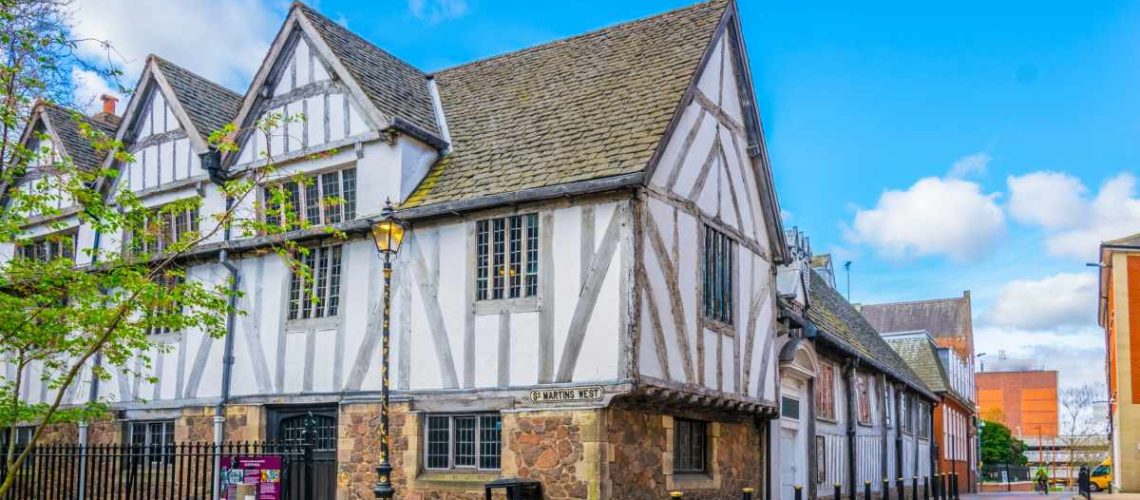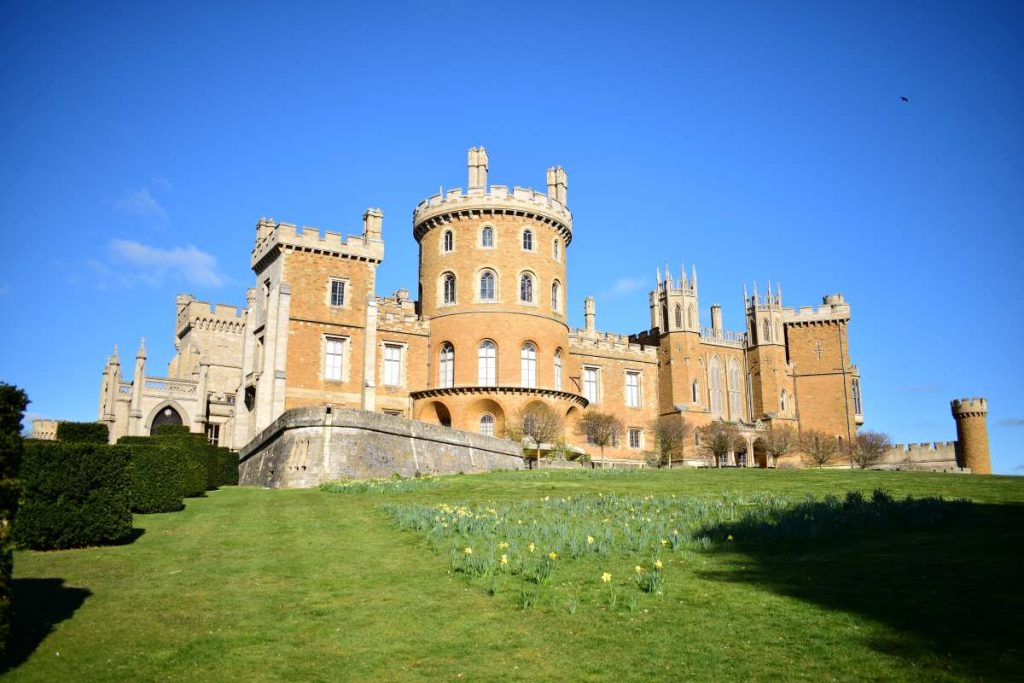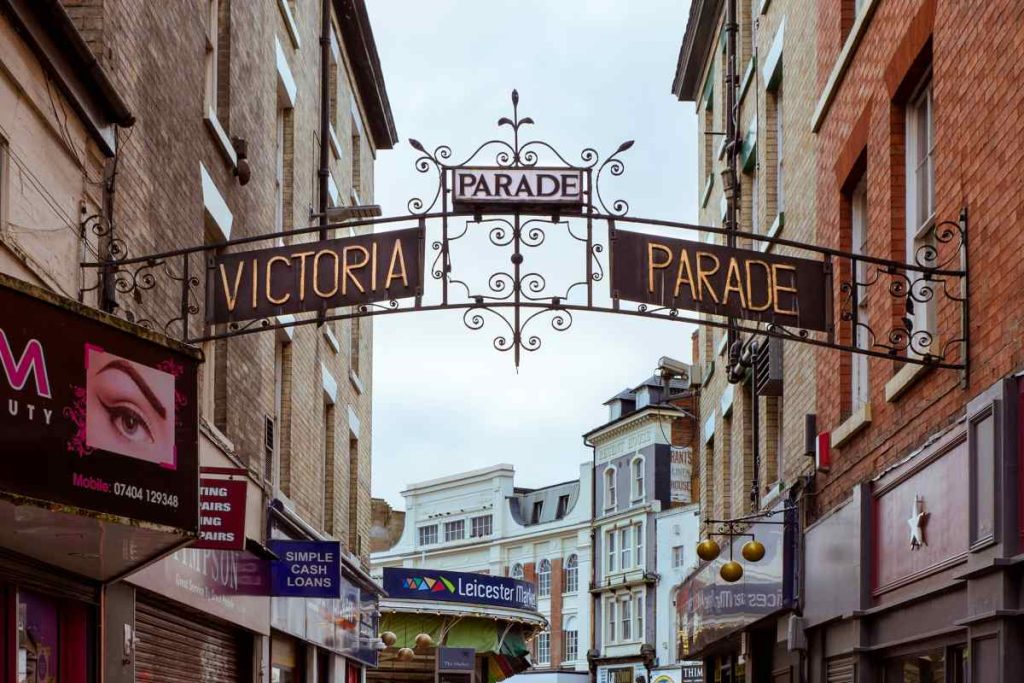


Leicestershire, nestled in the heart of England, is renowned for its rich tapestry of history, evident in its diverse array of listed buildings and dedicated conservation efforts. From medieval castles to Georgian townhouses, the county’s architectural heritage offers a glimpse into centuries past, underscoring the importance of preservation for future generations.
A ‘listed building’ in the UK has been placed on the National Heritage List for England due to its special architectural or historic interest. In Leicestershire, there are over 1,000 such structures, ranging from Grade I (buildings of exceptional interest) to Grade II (buildings of special interest).
These designations ensure that the character and integrity of these buildings are preserved, with any alterations requiring special permissions. This system not only protects the physical structures but also the stories and histories they embody.
Beyond individual buildings, Leicestershire boasts numerous conservation areas—zones designated for their special architectural or historic interest. These areas, such as the landmark cores of Market Harborough and Loughborough, are protected to maintain their unique character.
In these zones, any new developments or alterations are carefully managed to ensure they harmonise with the existing environment, preserving the aesthetic and historical continuity of the area.
1. Bradgate House, Bradgate Park
Built in the early 16th century, Bradgate House is one of the earliest unfortified great houses in England. It was the childhood home of Lady Jane Grey, the “Nine Days’ Queen.” Today, its ruins stand as a poignant reminder of Tudor history amidst the natural beauty of Bradgate Park.
2. Kirby Muxloe Castle
Initiated by Lord Hastings in 1480, this red-brick fortified manor house was left incomplete after his execution. The surviving gatehouse and moat offer a fascinating glimpse into late medieval architecture and the turbulent history of the Wars of the Roses.
3. Belvoir Castle
Belvoir Castle in Leicestershire is a magnificent Gothic-Revival stately home, rebuilt between 1801 and 1832. It overlooks the Vale of Belvoir and remains the residence of the Duke of Rutland.
The castle boasts grand interiors, beautiful gardens, and historical significance. It is open to the public for tours and events and has featured in major film and TV productions like The Crown.

4. Beaumanor Hall
Located near Loughborough, Beaumanor Hall is a stately home built in the 19th century. During World War II, it served as a secret listening station, intercepting enemy communications. Today, it’s a Grade II* listed building, reflecting both architectural grandeur and wartime significance.
5. Baggrave Hall
An 18th-century Palladian-style country house, Baggrave Hall showcases classic architectural elegance. Despite facing challenges in the late 20th century, efforts have been made to preserve its structure and history for future generations to appreciate.
6. Abbot Penny’s Wall
This remarkable brick wall, dating back to around 1500, once enclosed the grounds of Leicester Abbey. Its intricate diapered brickwork is a rare example of medieval craftsmanship, earning it a Grade I listing and recognition as a scheduled monument.

Preserving historic buildings isn’t just about maintaining old structures; it’s about retaining the cultural and historical fabric of communities. Conservation efforts in Leicestershire ensure that the county’s rich heritage remains an integral part of its identity, even as it evolves and modernises.
Organisations and local authorities work collaboratively to manage and protect these sites, striking a balance between the needs of development and the importance of heritage preservation.
This includes providing guidance on appropriate renovations, ensuring new constructions complement existing historical contexts, and promoting public awareness about the value of conservation.
An often-overlooked yet vital aspect of historic building conservation in Leicestershire is the use of traditional cast-iron rainwater systems. Cast iron gutters, downpipes, and hoppers are essential for maintaining the structural integrity of heritage properties. These components not only offer unmatched durability but also complement the aesthetic of period architecture, ensuring that restoration work remains true to original designs. Whether it’s a Grade II listed townhouse in Leicester or a rural manor in Melton Mowbray, using authentic cast-iron rainwater goods helps protect stonework and brick from water damage, preserving the building’s façade for future generations. For those committed to architectural preservation in Leicestershire, cast iron drainage systems are a wise and historically appropriate choice.

Tuscan Foundry Products has proudly supported heritage restoration across Leicestershire, supplying cast iron rainwater goods that unite traditional charm with lasting performance. Our cast iron gutters and downpipes enhance the character of listed and period properties throughout the county. From bespoke hopper heads to accurate site surveys, we provide expert guidance and handcrafted solutions. Whether replicating original details or specifying new builds, our heritage rainwater systems deliver timeless style and dependable function.
Q1: What is the difference between Grade I, II, and II listings?*
A: Grade I buildings are of exceptional interest; Grade II* are significant buildings of more than special interest; Grade II are of special interest, warranting every effort to preserve them.
Q2: Can I make changes to a listed building I own?
A: Yes, but any alterations require Listed Building Consent from the local planning authority to ensure changes are in keeping with the building’s character.
Q3: How do conservation areas affect property owners?
A: Properties within conservation areas may be subject to additional planning controls to preserve the area’s character, including restrictions on demolitions and specific alterations.
Q4: Are there grants available for restoring listed buildings?
A: Yes, various grants and funding opportunities exist to support the preservation and restoration of listed buildings. It’s advisable to consult with local authorities or heritage organisations for specific programs.
Q5: How can I find out if a building is listed?
A: The National Heritage List for England provides an online database where you can search for listed buildings by location or name.
Q6: What responsibilities come with owning a listed building?
A: Owners are responsible for maintaining the building and ensuring any work complies with heritage regulations to preserve its historical significance.
Q7: Who oversees the protection of listed buildings in Leicestershire?
A: Historic England manages the listing process, while local planning authorities are responsible for granting consents and enforcing regulations.